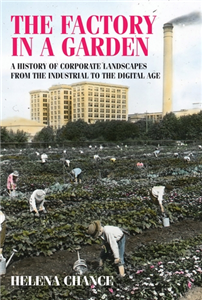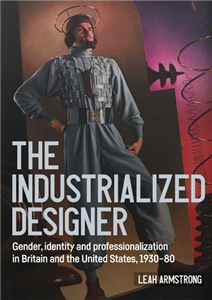Ideal homes, 1918–39
Domestic design and suburban Modernism
by Deborah Sugg Ryan, Christopher Breward, Bill Sherman
This book explores the aspirations and tastes of new suburban communities in interwar England for domestic architecture and design that was both modern and nostalgic. It investigates the ways in which new suburban class and gender identities were forged in the architecture, design and decoration of the home, through choices such as ebony elephants placed on mantelpieces and modern Easiwork dressers in kitchens. Ultimately, it argues that a specifically suburban modernism emerged, which looked to both past and future for inspiration. Thus the interwar 'ideal' home was both a retreat from the outside world and a site of change and experimentation. The book also examines how the interwar home is lived in today. It will appeal to academics and students in design and social and cultural history, as well as a wider readership curious about interwar homes.
















